
Soil Health & Fertilization
We unite suppliers and green industry professionals worldwide
The Zygopetalum Orchid (Zygopetalum spp.) is a tropical orchid that features gorgeous, unique flowers with a strong sweet scent. It can withstand more cold than many of their orchid relatives, which makes them one of the more accessible choices for indoor
By Mariam Scott
|Published on June 24, 2025
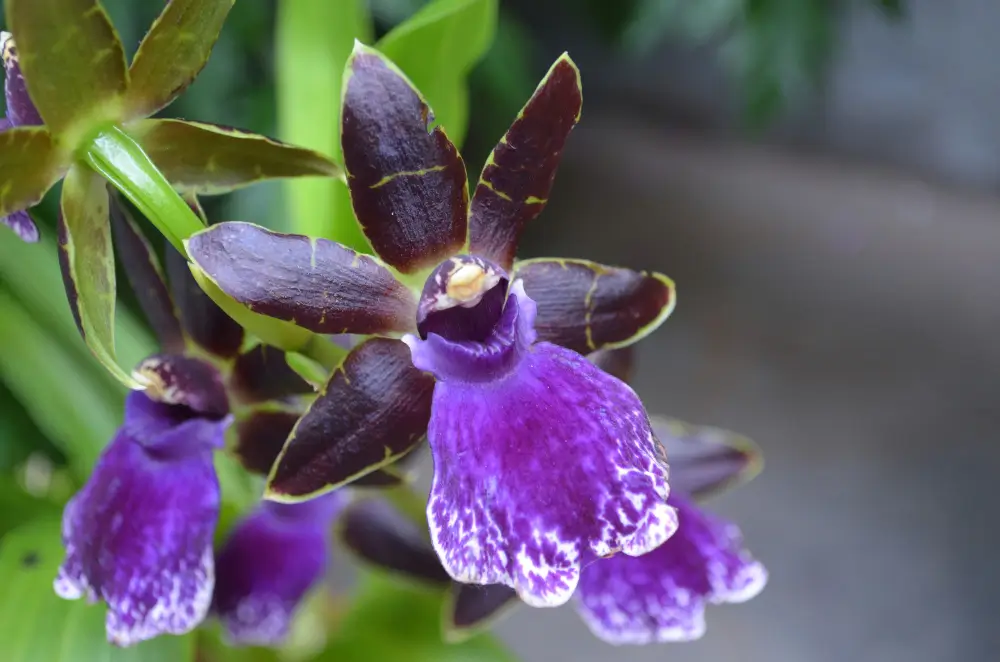

“Few orchids smell as intoxicating — or look as wild as the Zygopetalum. Its bold markings and and fresh perfume — make it a rare treat for indoor gardeners.
The Zygopetalum Orchid (Zygopetalum spp.) is a tropical orchid that features gorgeous, unique flowers with a strong sweet scent. Native to South America’s forests, Zygopetalums can withstand more cold than many of their orchid relatives, which makes them one of the more accessible choices for indoor growers.
With blooms in a kaleidoscope of green, purple, maroon, and brown—often marked with intricate stripes or spots — Zygopetalums resemble something out of a rainforest dream. Better yet, they flower several times a year, reward attentive care with long-lasting, perfumed blooms.
| Common Name | Zygopetalum Orchid |
| Botanical Name | Zygopetalum spp. |
| Type | An evergreen tropical orchid |
| Height | 12–24 inches |
| Light Needs | Indirect bright light |
| Soil | Loose orchid bark mix or well-draining epiphytic medium |
| Water Requirements | Moderate; keep evenly moist, but not waterlogged |
| Hardiness Zones | 9–11 (USDA, outdoors) |
| Bloom Time | Fall, winter and sometimes spring |

September 25, 2025
9 minute read
September 24, 2025
9 minute read
September 23, 2025
10 minute read
September 22, 2025
9 minute read


Join as a seller and connect with thousands of B2B buyers nationwide!
Sign Up
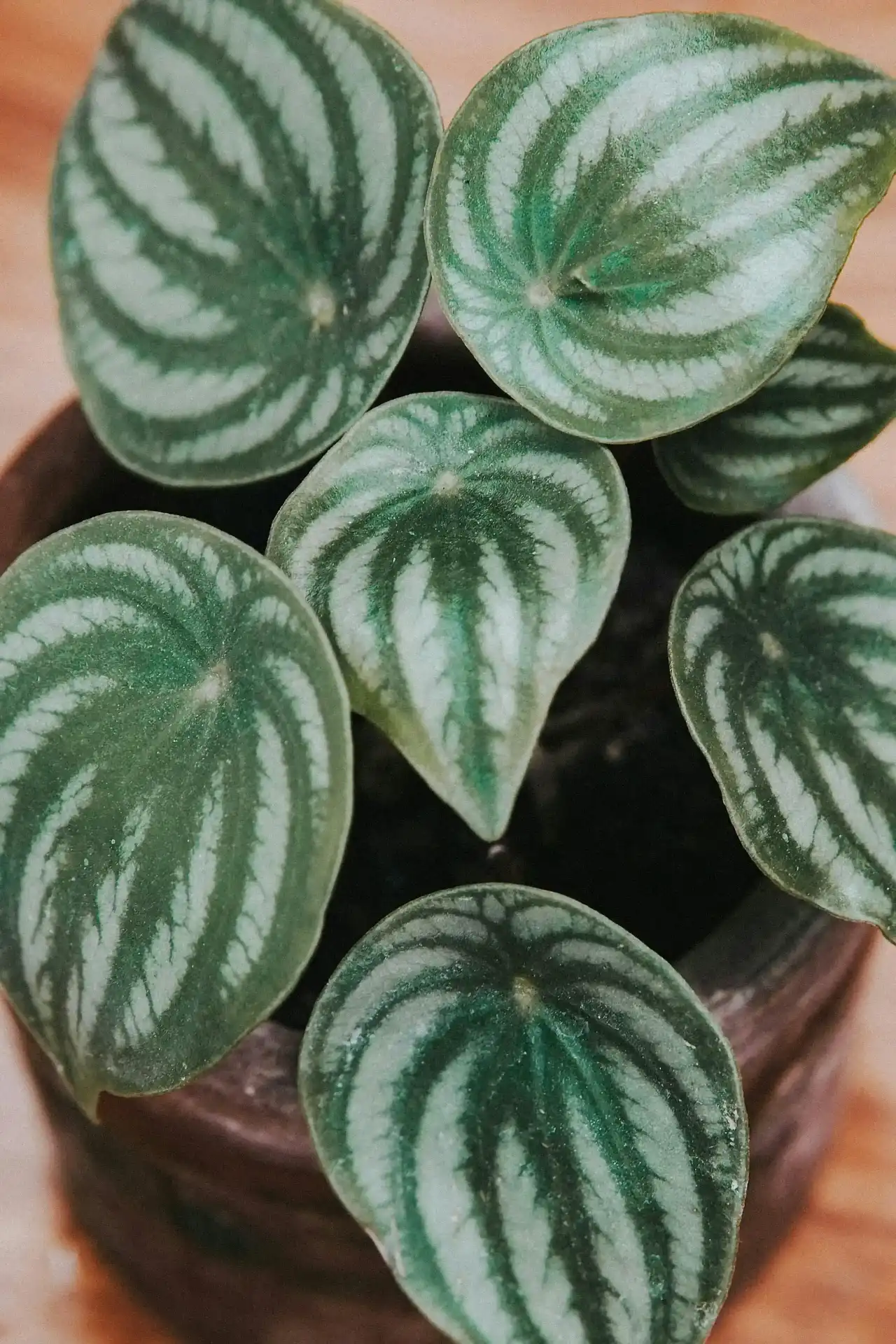
Watermelon Peperomia
Watermelon Peperomia is a tropical evergreen native to South America. It’s popular because of its easy-care nature, compact growth habit and, especially, those eye-catching leaves that look like tiny watermelon skins
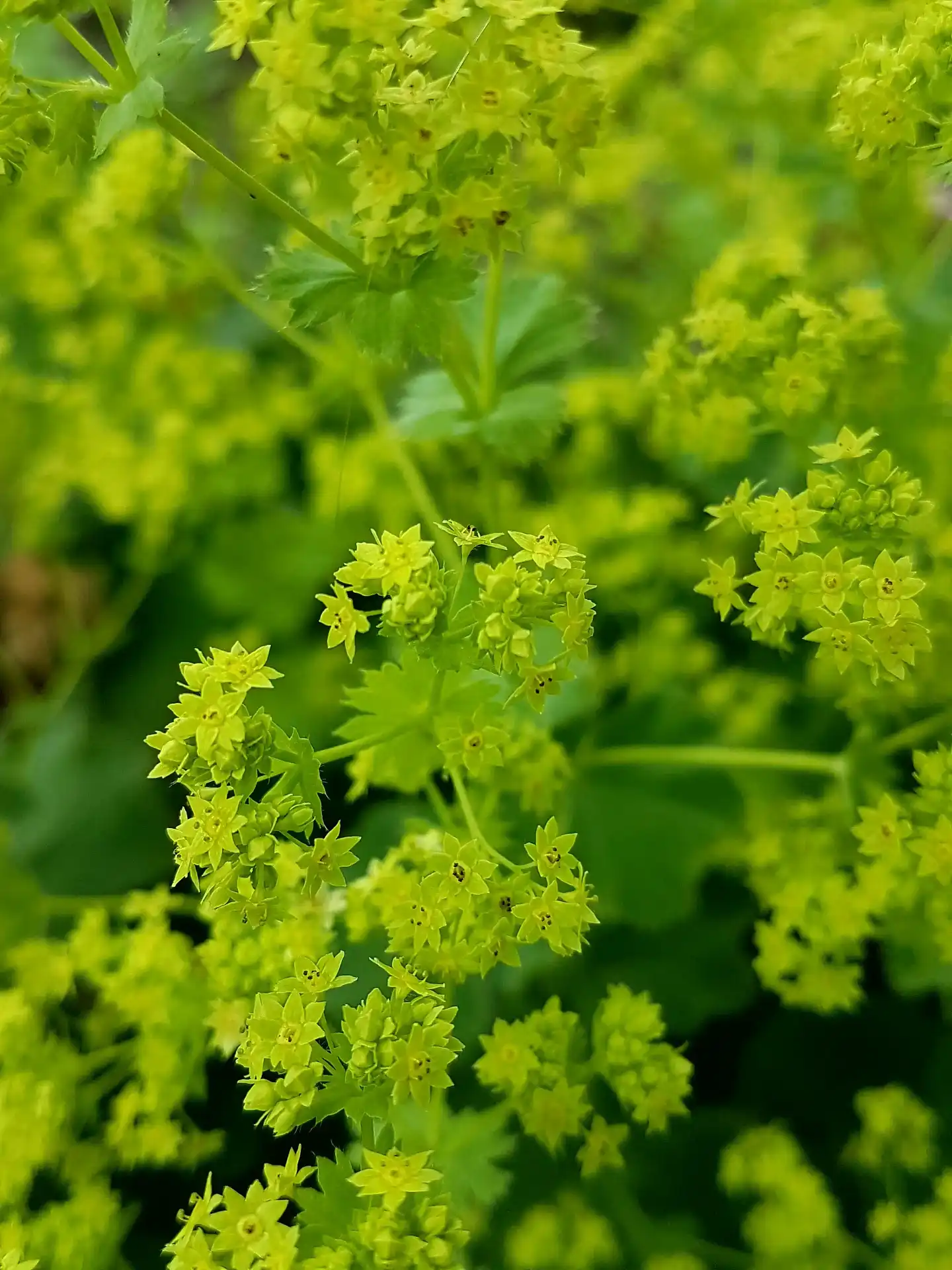
Lady’s Mantle
Lady’s Mantle is known for its velvety, scalloped leaves, which catch and hold raindrops as if they were liquid pearls. This old-fashioned perennial is not only gorgeous, it is extremely resilient, low maintenance and useful. It is a favorite for cottage
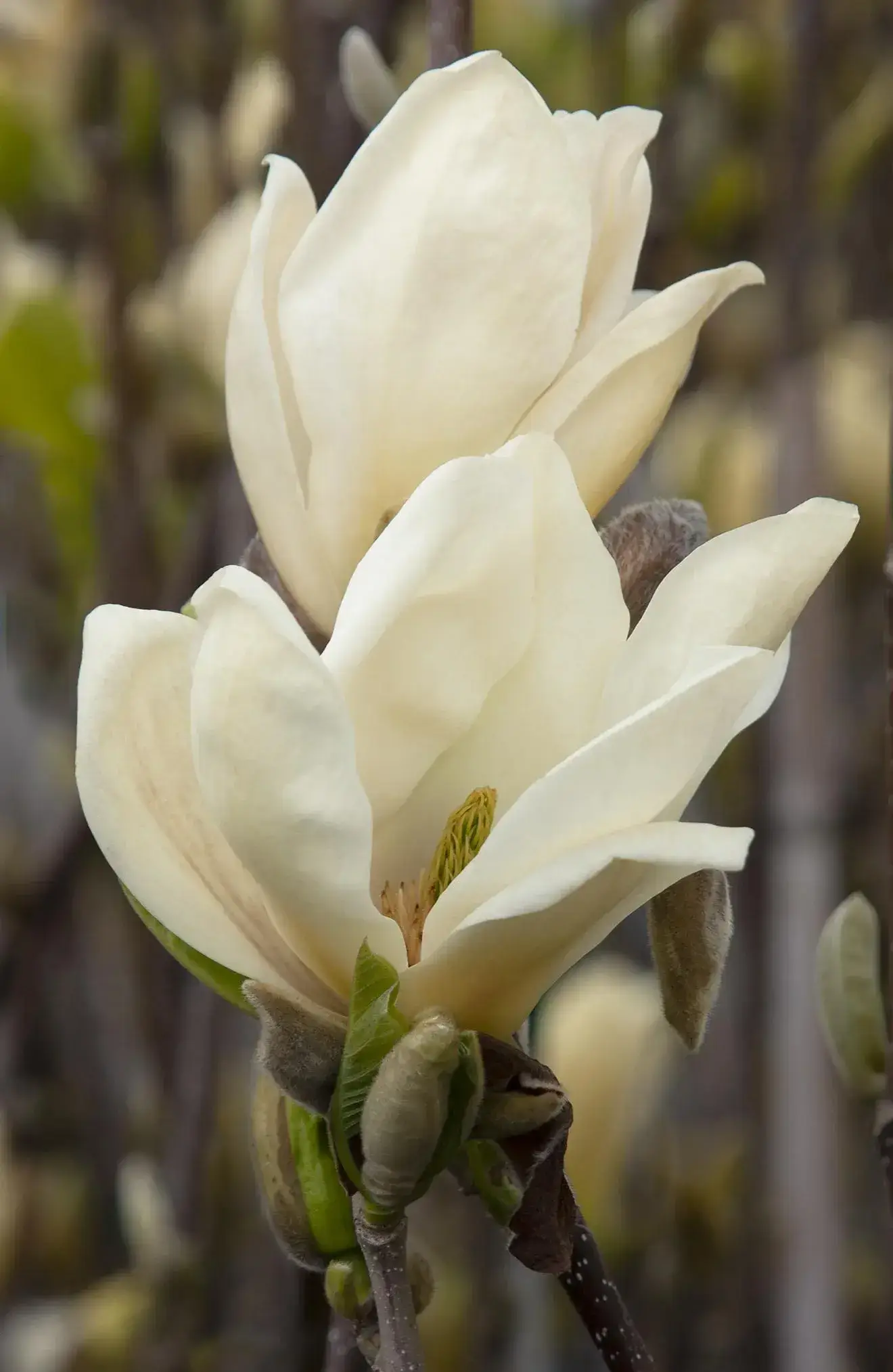
Elizabeth Magnolia
Magnolia 'Elizabeth' is a graceful deciduous tree known for its soft yellow, lemon-scented flowers that bloom in early spring before the foliage. With its upright form and subtle color, it’s a favorite for adding elegance to any landscape.

Sassafras
With its uniquely mitten-shaped leaves, spicy aroma, and a history rooted in both Native American tradition and Southern cooking, Sassafras is much more than an ornamental tree — it’s a living record of culture, utility and seasonal beauty.
Zygopetalum orchids are easy to care for and require simple care. These orchids prefer cool to intermediate temperatures, regular moisture and indirect light. They may seem delicate, but they’re actually quite hardy, so they’re perfect for orchid enthusiasts with medium experience levels.
Plant them in orchid-specific bark mix that has good drainage. Mist or water often, but don’t allow the roots to stand in water. With proper care, they’ll reward you with two or even three flushes of fragrant blooms per year.
Zygopetalums like bright, filtered light — think morning sun or a place near an east- or north-facing window. Avoid full midday sun, which will burn their leaves.
If growing indoors, placing them near a sheer-curtained window or under grow lights will keep them happy. Leaves should be medium green — too dark may indicate not enough light and yellowing may be a sign of too much.
As epiphytic orchids, Zygopetalums grow best in well-draining, loose growing medium such as:
Avoid regular potting soil, which holds too much water and may suffocate the roots.
Zygopetalum orchids require plenty of moisture, especially when growing and flowering.
The key is good drainage —water should flow freely from the pot, never pooling at the bottom.
These orchids don’t need a lot of pruning, but regular grooming keeps them healthy:
If a pseudobulb begins to shrivel after flowering, leave it alone—it may still provide nutrients to the plant.
Zygopetalums can be propagated by division once mature and crowded in their container:
Propagation is best done in spring or after blooming.
Zygopetalums are well suited to containers, especially indoors:
Plastic or clay pots both work, but clear plastic allows you to monitor root health easily.
Zygopetalums don’t need a full dormancy period, but they do slow down in winter. If you grow in a cooler zone, keep them indoors near a window.
Keep at 55–75°F, water a bit less, and don’t fertilize until new growth returns. Avoid cold drafts and dry air from heaters — humidity trays or a small humidifier will help.
Zygopetalum orchids tend to bloom once or twice a year, usually in autumn or winter. Mature plants can surprise you with a third bloom under ideal conditions.
Each spike of flowers can have 4–10 blooms that last for weeks, and have a sweet, spicy scent that fills the room. Unlike some other orchids, Zygos bloom on new growth, so don’t cut healthy green bulbs after flowering.
Zygopetalums are quite hardy than they may appear, but a couple of problems may develop:
Keeping a stable environment with bright light and consistent moisture solves most problems quickly.
The Zygopetalum Orchid combines exotic looks with unexpected ease of care. With its showy, starburst-patterned flowers and rich perfume, it brings a touch of the tropics to any windowsill or greenhouse.
Ideal for enthusiasts of orchids who like something a bit different, Zygopetalumsthrive with basic orchid care and repay you with some of the most aromatic and eye-catching blooms around. Their cool-growing nature, tolerance, and forgiving nature make them a true standout among the orchid world — for collectors and hobbyists.
If you're looking for an orchid that's both beautiful and boldly fragrant, the Zygopetalum might just become your next obsession.
Not at all! They’re one of the more forgiving types, especially if you can give them indirect light and keep their potting mix moist but not wet.
Yes! Zygopetalums generally have a strong sweet or spicy or floral scent— some people think they smell like hyacinths or jasmine.
Grow in mild areas only (zones 9-11). Elsewhere, grow them as houseplants or move them outside only during warm months in dappled shade.
Generally once or twice a year, although well-cared-for plants can bloom three times a year.
The name comes from Greek: zygon meaning "yoke" and petalon meaning "petal," describing the distinctive fused petal shape of the flower.

Soil Health & Fertilization
Victor Miller
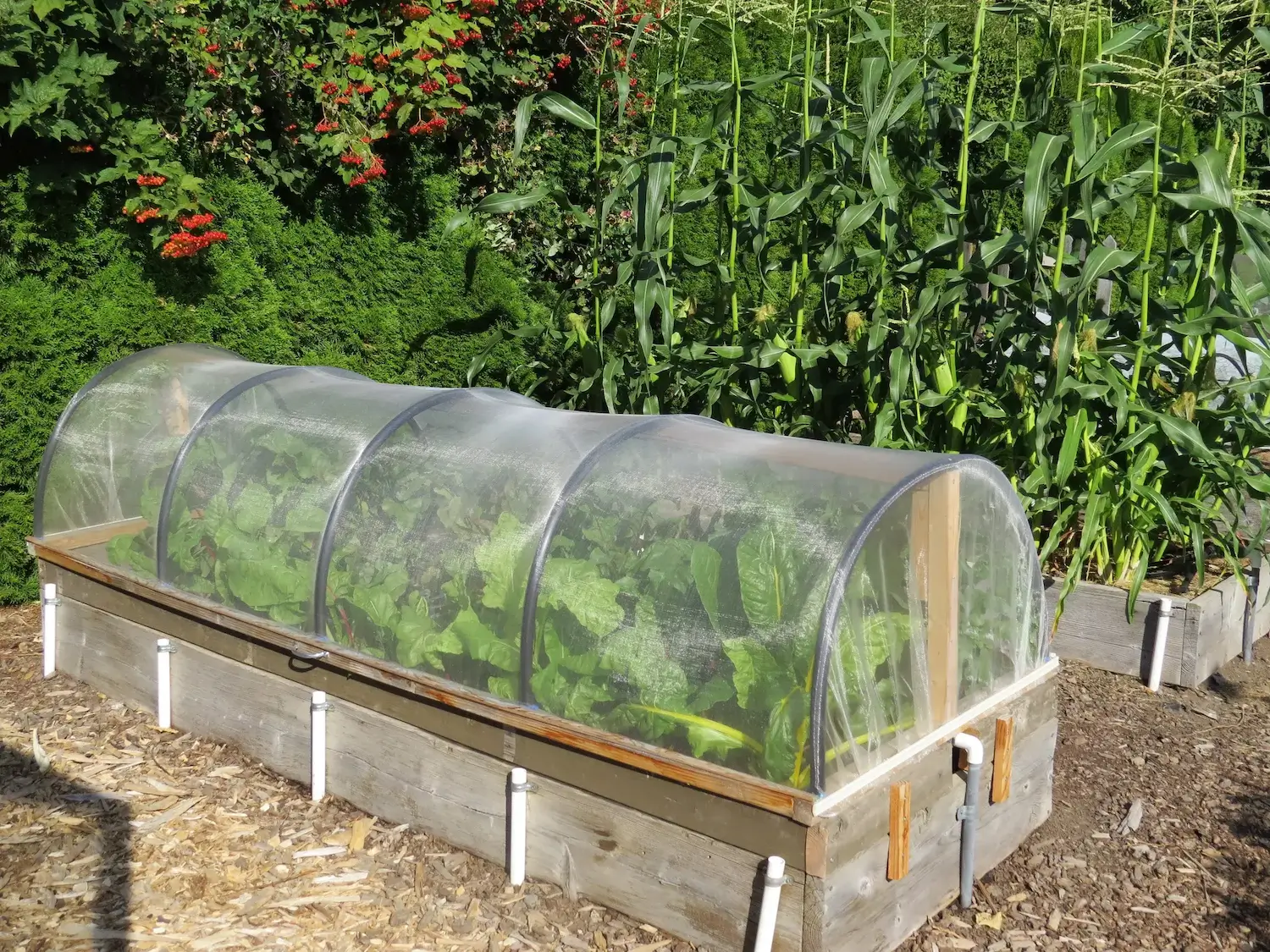
Pest Identification & Prevention
Victor Miller
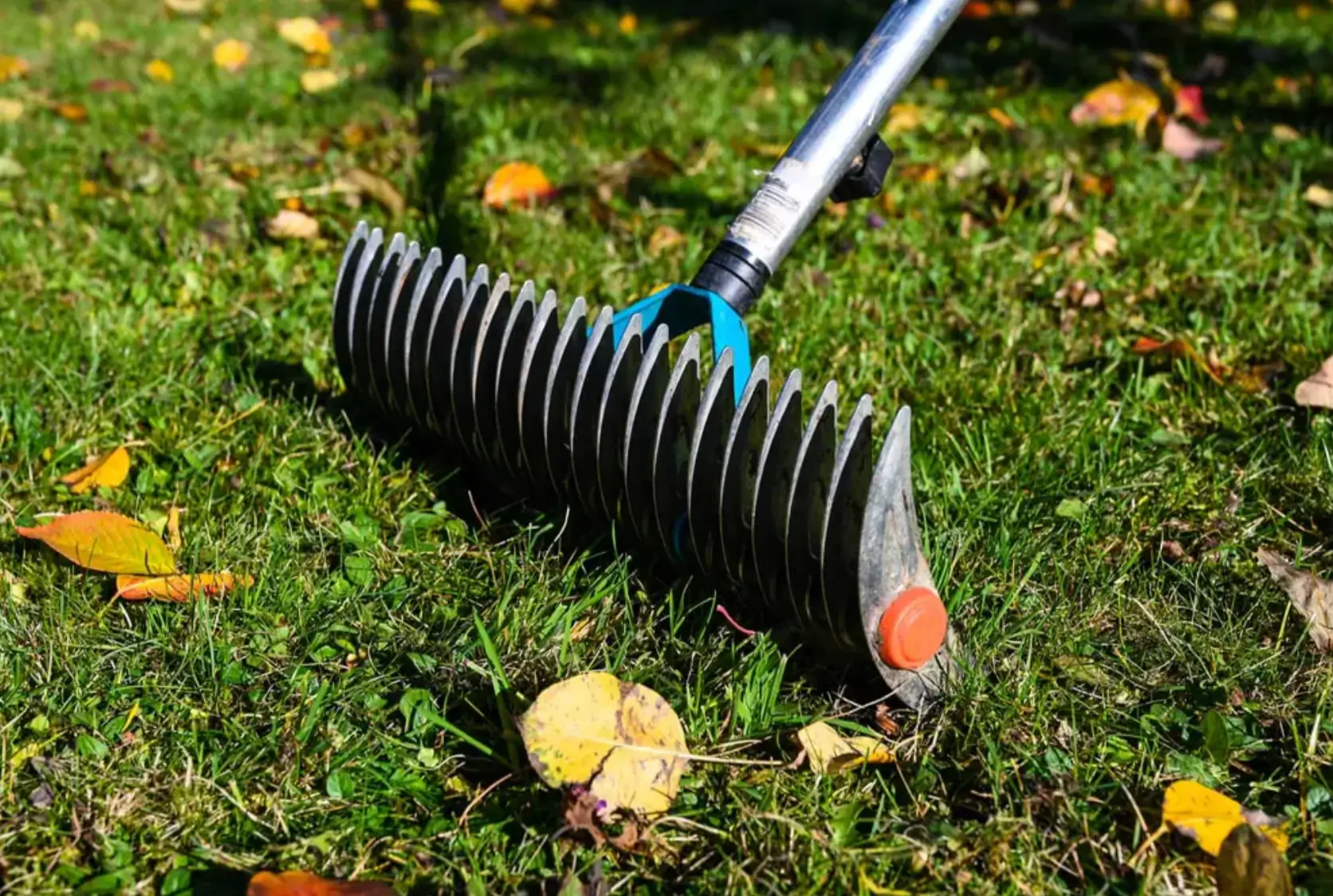
Lawn Care Tips & Maintenance
Victor Miller
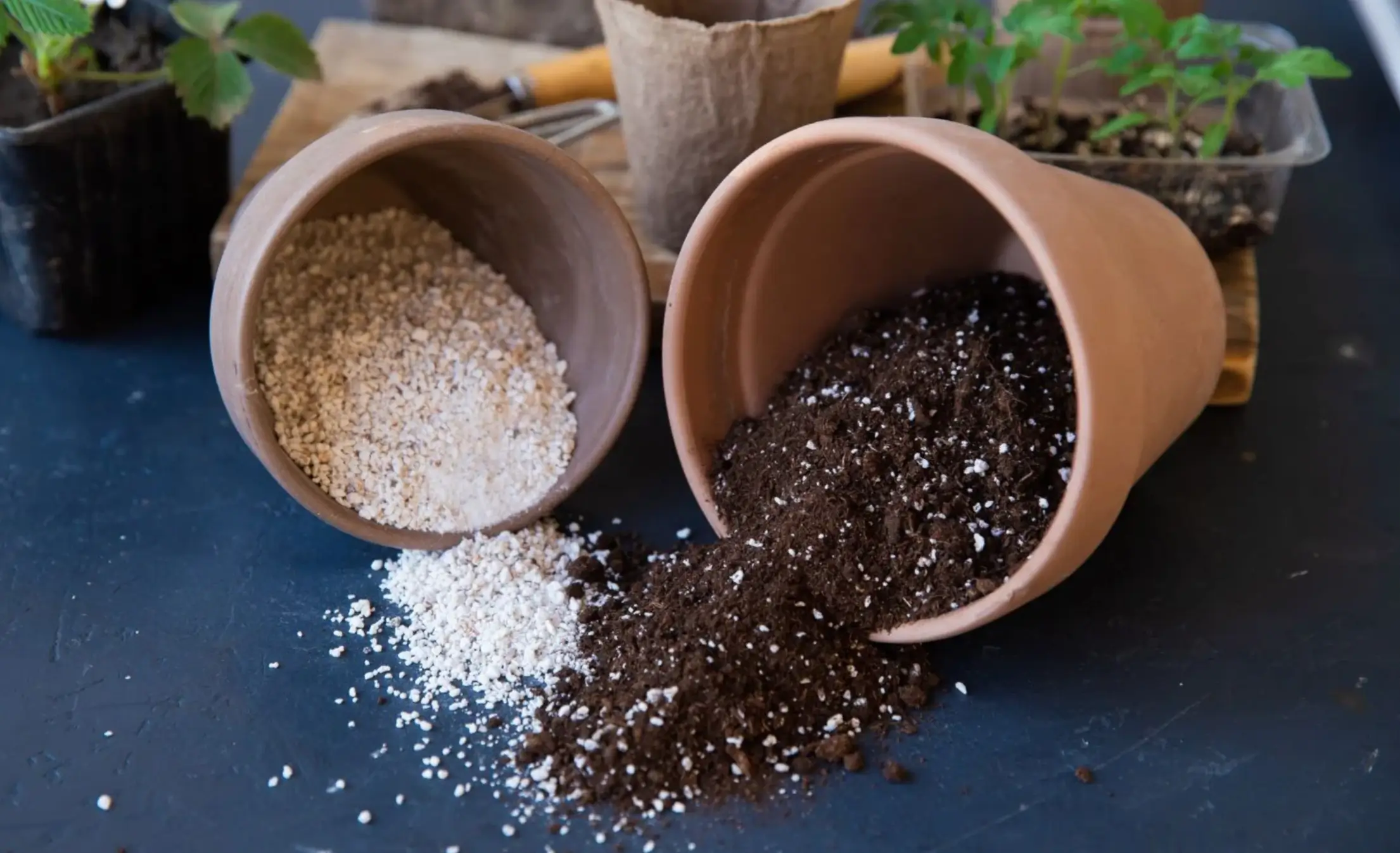
Soil Health & Fertilization
Victor Miller

Smart Irrigation Systems
Victor Miller

Patios, Walkways & Driveways
Victor Miller
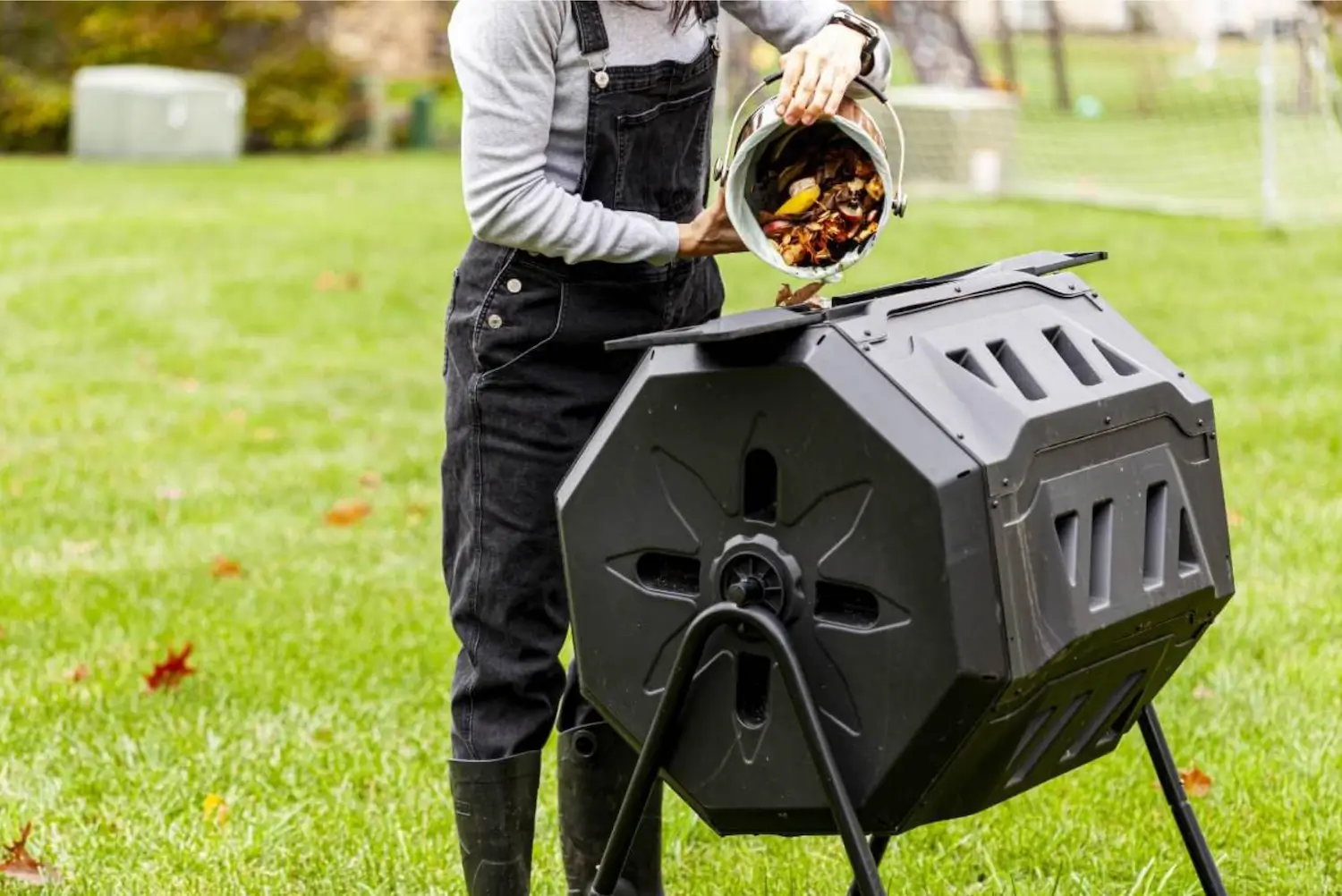
Soil Health & Fertilization
Victor Miller
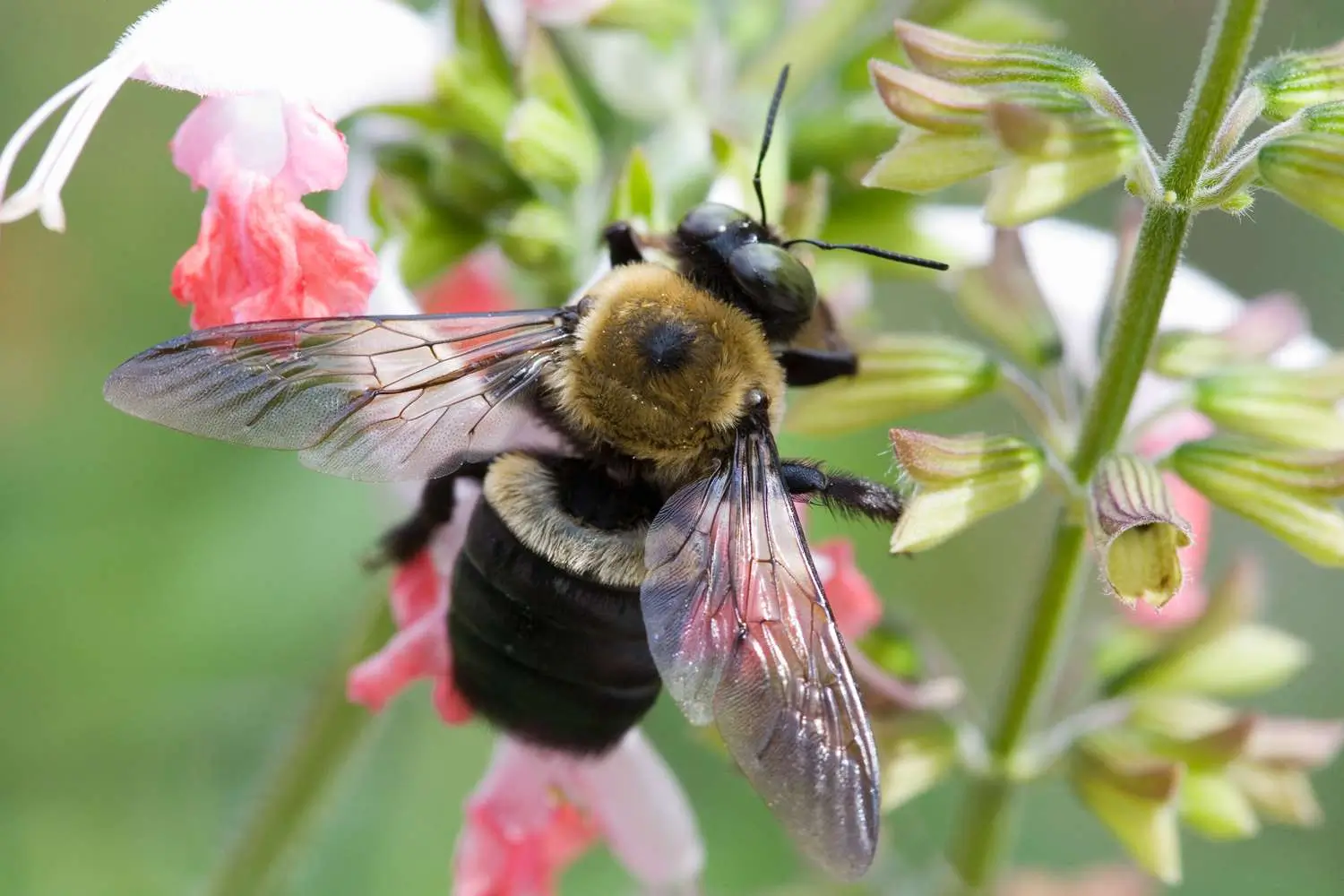
Pest Identification & Prevention
Victor Miller
My Account
Our team is always here to help.
We are open Monday - Friday, 9:00 AM to 4:30 PM PST.